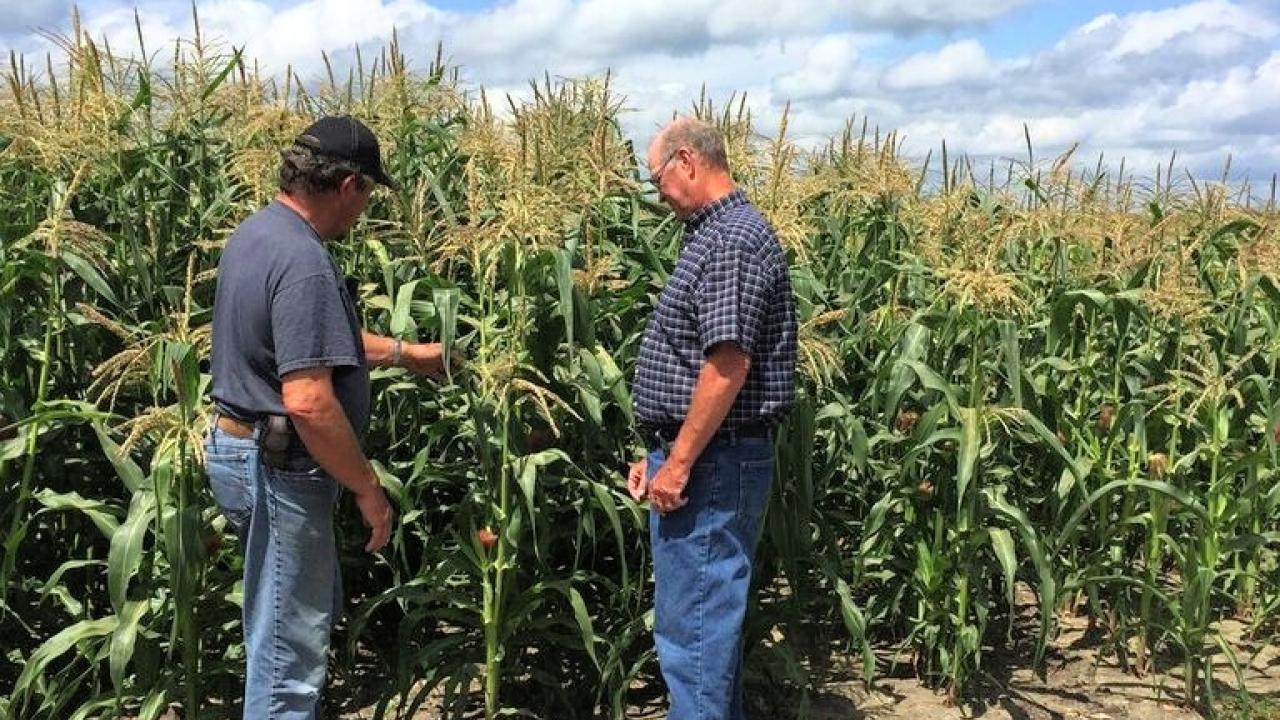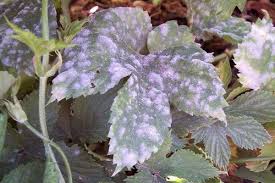
Spotlight Series: Western Integrated Pest Management (IPM) Center
The Spotlight Series highlights organizations whose work benefits the health and safety of farmers and farmworkers.
Here’s the magic formula that we would all love: A healthier West with less pests.

The Western Integrated Pest Management (IPM) Center strives to do just that as one of four regional centers funded by the USDA National Institute of Food and Agriculture to promote IPM practices. Located in Davis, California, the Western IPM Center serves 17 Western states and Pacific Island territories. The region covers a multitude of climates - temperate, tropical, desert, and arctic.
What the Western IPM Center Does
The Center promotes IPM development, adoption and evaluation to solve pest problems in agriculture, natural settings and communities across the West. IPM is a science-based process that identifies and reduces the risks from pests using the most economical and environmentally responsible means. Integrated pest management practices can help control any pest, like rodents, plant diseases, insects or weeds.
The Center serves as the hub of a multi-state partnership and communication network linking researchers, growers, extension educators, commodity organizations, environmental groups, pest control professionals, government agencies and others. It brings the right people together with the necessary resources to solve the West’s important pest problems.

A good example of this is the formation of the Western Region Tribal IPM Work Group created to protect tribal natural and cultural resources from native and invasive pests through increased IPM adoption. The Western IPM Center supported meetings of tribes, government agencies and research institutions. A Tribal Forest Health / Invasive Species Management Needs Assessment was produced and IPM training focusing on forest and rangeland pests, such as Phytophthora ramorum, the pathogen that causes sudden oak death, was given.
How the Western IPM Center Helps Its Stakeholders
Stakeholders (growers, commodity organizations, county agents and others) help identify problems and set the Center’s priorities for IPM research and outreach. Solutions are supported through Center-provided one-year grants that support new research, bring together work groups or fund outreach and education efforts.

When Pacific Northwest hop growers started to see virulent strains of powdery mildew in the growing hop industry, the Western IPM Center funded the Washington Hop Commission to develop IPM management strategies. The researchers identified differences in disease susceptibility among formerly resistant hop cultivars, which allowed growers to tailor disease-management efforts.
The Western IPM Center is very sensitive to fact that pests cross borders. Thus, it helps coordinate efforts and resources regionally to maximize the effectiveness of state-based programs. The Center promotes resource-sharing to make it easy for state programs to share their publications, graphics, and other materials so that efforts aren’t duplicated.
In addition, the monthly electronic newsletter condenses the latest IPM and pest-management information, including regulatory proposals and issues, and also includes IPM videos, webinars, and trainings. News, briefs, conferences, funding opportunities, and jobs are published as well.
For More Information
See the Western IPM Center’s website or contact Director Amanda Crump (530-750-1271; acrump@ucanr.edu).
